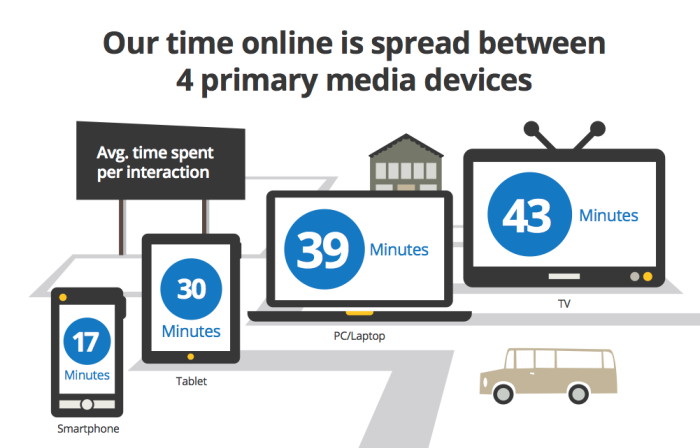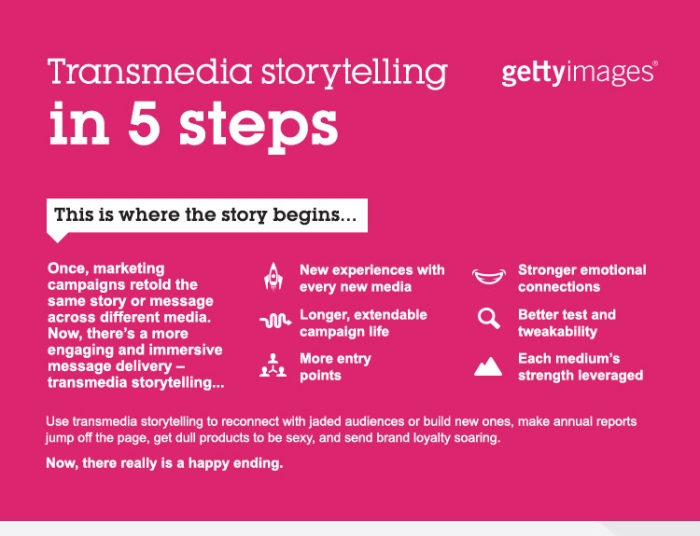Promotion refers to raising customer awareness of a product or brand, generating sales, and creating brand loyalty. A Promotional strategy refers to which method a brand takes to achieve this goal and is therefore the base for any business that wishes to be successful. What type of strategy is used depends on factors such as demographic, the type of product or brand and budget. Below are four examples of different promotional strategies that have proven to be effective.
Email Marketing
Email marketing is when a business sends a message through email to a group of people. The emails can contain advertisements for sales, new products from the brand or updates about the company. Email marketing is an effective promotional strategy because it is both cost effective and environmentally friendly as well as having the advantage of being about to reach large pools of consumers with a single action. A 2012 survey identified email marketing as being the most effective strategy for businesses.
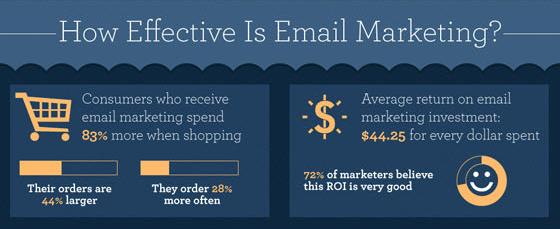
Social Media
With more than 70% of all internet users active on social media it makes sense that utilising this tool to generate awareness is a valuable promotional strategy. Social media is a great way to gain access to a large audience and interact, which is something consumers have come to expect from brands. Companies that use social media effectively have a much higher chance of connecting with consumers. Check out my blog, 3 keys for companies to become social media pros, for more information.
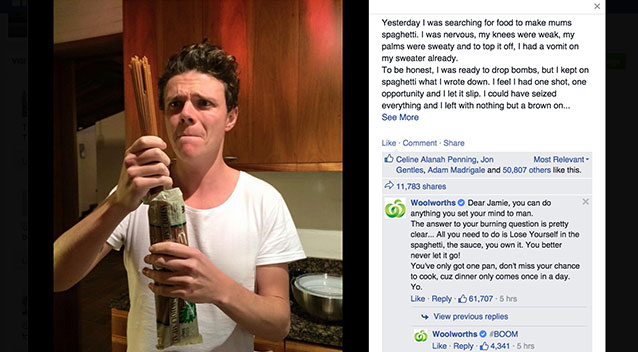
Product giveaways
It’s simple, people love free stuff. Free is an enticing word—especially in today’s economic climate. This is a great strategy for companies looking to get a new product out there and to gain awareness. Not only will the consumer have a positive view of the company, but by handing out samples or trials of a product they are encouraged to try, enjoy and then purchase the product. This strategy does not require the company to spend any money on advertisements and the only loss involved is the cost of producing the product.
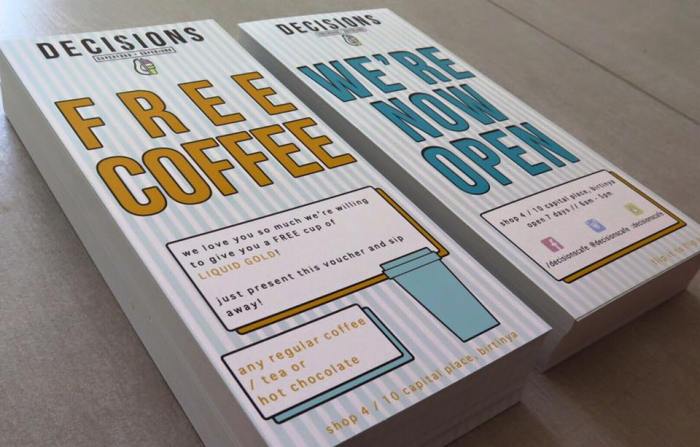
Causes and Charity
People like to feel like they are helping in some way. If a certain amount of sales goes towards charity consumers are more willing to buy the product because they know by doing so they are helping a worthy cause. This is done by donating a certain percent of the sales to a charity chosen by the company. The key is finding the right balance between how much is donated to charity without raising the price above what consumers or willing to pay, or without cutting into your profits too much. The company gets the customers and the socially conscious image; customers get a product they can use and the sense of helping a cause, it’s a win-win strategy.
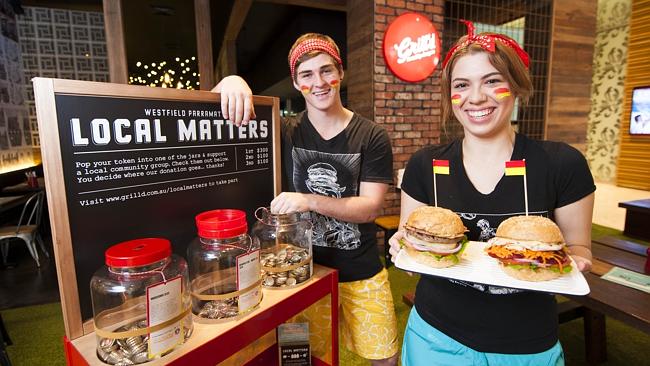
So there you have it
These are my top four promotional strategies to help move your business forward. There are many more strategies out there that may cater more to your company’s needs, but these four would be my top pick for success.
Think there’s a better strategy I’ve overlooked? Perhaps a story about how one of these or another strategy has taken your business to the next level? Let us know in the comments below.
